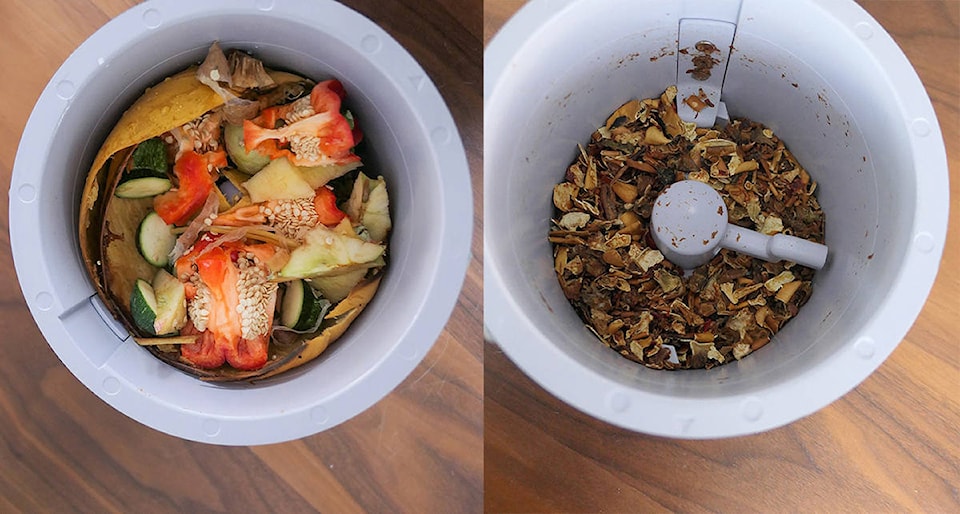Inuvik Town Councillors are doing their homework on how to approach an offer that could see up to 50 per cent of the community’s food waste diverted from the landfill.
Councillors heard a proposal from Christine Zardo of FoodCycler Science Corporation during their Aug. 9 committee-of- the-whole meeting to join in the company Municipal Pilot Program, which would enable the town to purchase food waste recycling units, which take food scraps and transforms them into re-usable dry compost without creating the usual methane associated with rotting food — at a substantially reduced price.
”Food waste is a problem that has a strong municipal impact,” said Zardo. “One of those impacts is that food waste makes up such a large portion of our waste stream, so it causes our landfills to fill up quickly.
“It accounts for a large portion of our household waste often a majority and it’s made up of mostly liquid which is heavy and freezes in the cold on top of that food waste and landfills is responsible for generating harmful greenhouse gases .”
Essentially, food scraps that would normally go in the garbage are instead put in the FoodCycler, which over the course of eight hours heats and grinds the waste into a soil additive similar to dried compost which can then be placed in a garden or thrown out without concern of greenhouse gas emissions.
Zardo said the FoodCycler’s heat and grind method breaks down food without producing methane. She said this could reduce food waste going into landfills by up to 50 per cent, greatly extending the landfill’s lifespan, as well as save on related expenses such as the costs associated with garbage collection. It takes about eight hours to break down one kilogram of food.
Just about anything left over from food can be put in the device with a few exceptions — large, heavy bones from beef, caribou or belugas, as well as hard pits and nuts are too hard to be broken down. Candy and gum, cooking oils and greases, as well as pineapple leaves and watermelon rinds will all have to break down the natural way. Otherwise, shellfish, old meat, cheese, chicken and fish bones, coffee grinds, filters and tea bags and even eggshells can all be broken down.
Industrial-sized are also available for restaurants and large food distributors, but Zardo was speaking to the town about selling the residential units, at a greatly reduced price.
“It’s a 12-week project,” she said, noting the Town of Hay River had just wrapped up a run of the program. “Residents purchase a Food Cycler at a subsidized rate from their municipality. They use the unit, tracking the number of cycles per week. At the end they get to keep the Food Cycler and we ask them to complete a brief survey so that we can evaluate the program’s success.”
Normally the devices cost $500 apiece, however Zardo said by combining federal grants and $100,000 in prize money from being named a semifinalist in the Impact Canada Food Waste Challenge, FoodCycler was able to cut the price in half. Her sales pitch to the town was they kick in $100 per unit and order 100 units of them to sell to residents.
Councillors were very enthusiastic about the idea, but said they needed to make sure they had their math straight before they went forward with the idea.
“I think it’s something we may want to look at a little bit more as a council,” said deputy Mayor Steven Baryluk, who noted the town’s cost would be $10,000 for 100 units, plus shipping costs. “It obviously would have a budget implication item depending on how many units we wanted to go with.
“I think it would require a bit of time for us to gauge level of community interest. We need to do a bit of homework before we make a commitment to it.”
